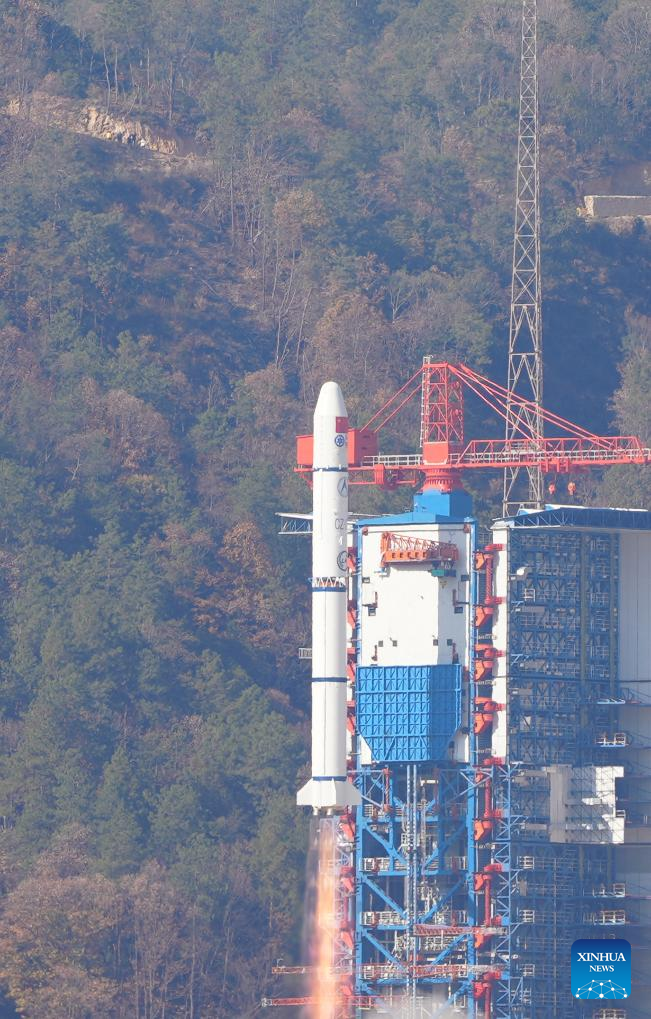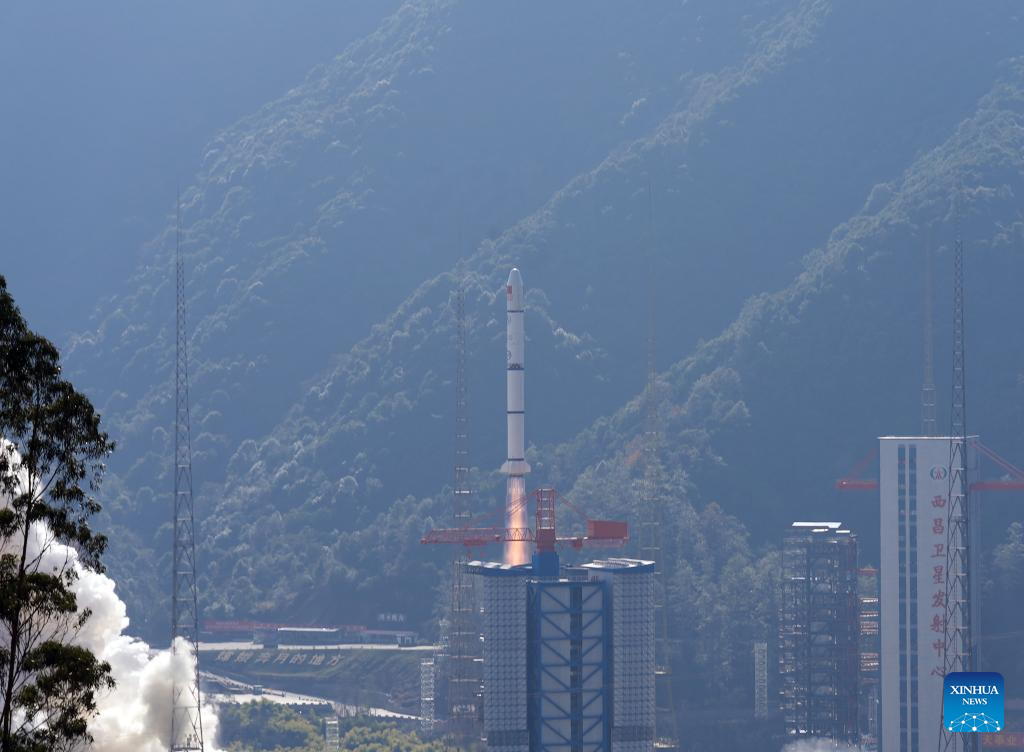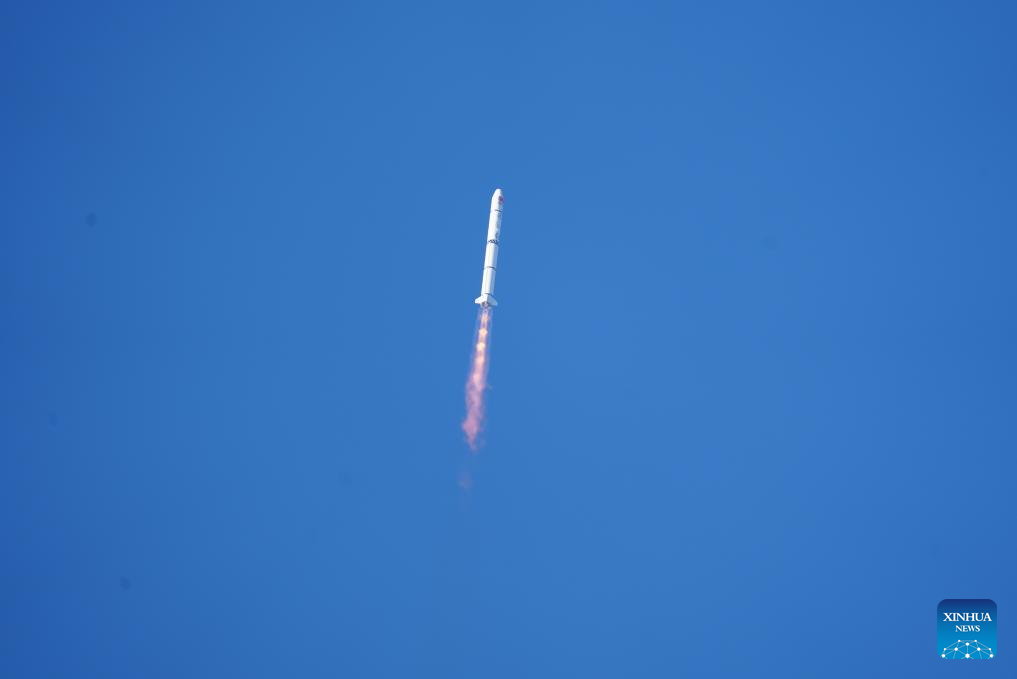China launches new satellite to observe dramatic cosmic phenomena
China on 9th of Jan, sent a new astronomical satellite into space to observe mysterious transient phenomena in the universe which flicker like fireworks, trying to reveal more about this violent and little-known side of the cosmos.
The satellite named Einstein Probe (EP), which uses new X-ray detection technology inspired by the functioning of a lobster eye, was launched by a Long March-2C carrier rocket at 3:03 p.m. (Beijing Time) from the Xichang Satellite Launch Center in southwest China's Sichuan Province.
Weighing about 1.45 tonnes and as large as a full-size SUV, the satellite is shaped like a lotus in full bloom and features 12 petals and two stamens.
"This is the most beautiful satellite I've ever seen," said Yuan Weimin, principal investigator of the EP mission and a researcher at the National Astronomical Observatories of the Chinese Academy of Sciences (CAS).
The 12 "petals" are actually 12 modules consisting of wide-field X-ray telescopes (WXT), while the two "stamens" consist of two modules of follow-up X-ray telescopes (FXT).
These telescopes form a space observatory which is aimed at helping scientists capture the first light stemming from supernova explosions, search for and pinpoint X-ray signals accompanying gravitational wave events, and discover dormant black holes and other faint transient and variable celestial objects at the far reaches of the universe.
"Since black holes and gravitational waves are predictions made by Einstein's theory of general relativity, the satellite is named after the great scientist," Yuan said.
Scientists mimicked the special structure of the lobster eye in developing WXT, which can simultaneously achieve wide-field observation and X-ray focused imaging.
The WXT can keep an eye on one-twelfth of the entire sky at one glance, according to Ling Zhixing, a WXT instrument scientist.
FXT, developed by an international team led by Chinese scientists, feature high sensitivity and are not only suitable for rapid follow-up observation, but also able to independently discover explosive and transient sources, said Chen Yong, a researcher at the Institute of High Energy Physics of the CAS, who is responsible for the development of FXT.
When lobster-eye telescopes receive X-ray signals from a transient source, the onboard computer will process the data in real time and pivot the spacecraft to target the celestial body with FXT. FXT will then conduct high-precision follow-up observation. The two telescopes will complement and cooperate with each other, said Zhang Chen, assistant to the EP mission's principal investigator.
The team also developed CMOS sensors for X-ray observation in space, which is an innovative X-ray astronomical detector, Zhang said.

A Long March-2C carrier rocket carrying a new astronomical satellite named Einstein Probe (EP) blasts off from the Xichang Satellite Launch Center in southwest China's Sichuan Province, Jan. 9, 2024.

A Long March-2C carrier rocket carrying a new astronomical satellite named Einstein Probe (EP) blasts off from the Xichang Satellite Launch Center in southwest China's Sichuan Province, Jan. 9, 2024.

A Long March-2C carrier rocket carrying a new astronomical satellite named Einstein Probe (EP) blasts off from the Xichang Satellite Launch Center in southwest China's Sichuan Province, Jan. 9, 2024.
Xinhua
Other posts by Xinhua
Contact author
blog comments powered by